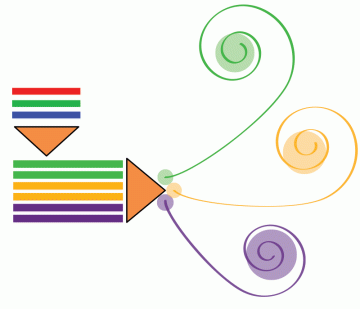I wrapped up a journey into creativity in CEP 818 just a few days ago. What a fantastic and inspirational ride! I am once grateful for another amazing experience on my educational journey through the MAET program at Michigan State University.
There were so many highlights in this course but one that particularly stands out is the opportunity I had to both interview my nephew as my “creative person” and then bring things full circle by collaborating with him on my Creative with a capital “C” course project! I had an absolute blast writing the Assessing Creativity song and then handing things over to my nephew to sing, learn and play the music, and then produce the song. When I heard for the first time, and even when I continue to listen to it, I’m blown away!
My content area for this course was UI (user-interface) design for Web and Mobile. I chose a topic that I felt I could immerse myself in, one that I am passionate about, and one that I could learn more about and actually transfer the knowledge to my students. I couldn’t have been more happier with my topic choice – such a fun creative journey!
So what is my personal definition of creativity?
Creativity is thinking outside the box and looking at things in different ways. It’s about transforming ordinary and/or obscure objects into something that is thought provoking, inspirational, memorable, and/or functional.
In other words, creative thinking is essentially “box outside the think” as one of my CEP 818 instructors described it! How cool is that?! That will get you thinking!
I have one final course left in the MAET program before graduating at the end of the Spring 2020 semester. I am both excited and kind of sad that my time in this program is coming to an end but my journey in education and educational technology will never end. I’m excited where this journey takes me next!

 I started my creativity project for CEP 818 by interviewing my nephew Christian, who is my “creative” person. Since he is heavily involved with music, I thought it would be really fun for him to create the music and sing the lyrics that I wrote for my song about Assessing Creativity within education. Christian excitedly embraced the opportunity to create, produce, perform the music, and sing the song for this project. This brings my creativity project full circle with Christian opening and closing the creative journey.
I started my creativity project for CEP 818 by interviewing my nephew Christian, who is my “creative” person. Since he is heavily involved with music, I thought it would be really fun for him to create the music and sing the lyrics that I wrote for my song about Assessing Creativity within education. Christian excitedly embraced the opportunity to create, produce, perform the music, and sing the song for this project. This brings my creativity project full circle with Christian opening and closing the creative journey.

